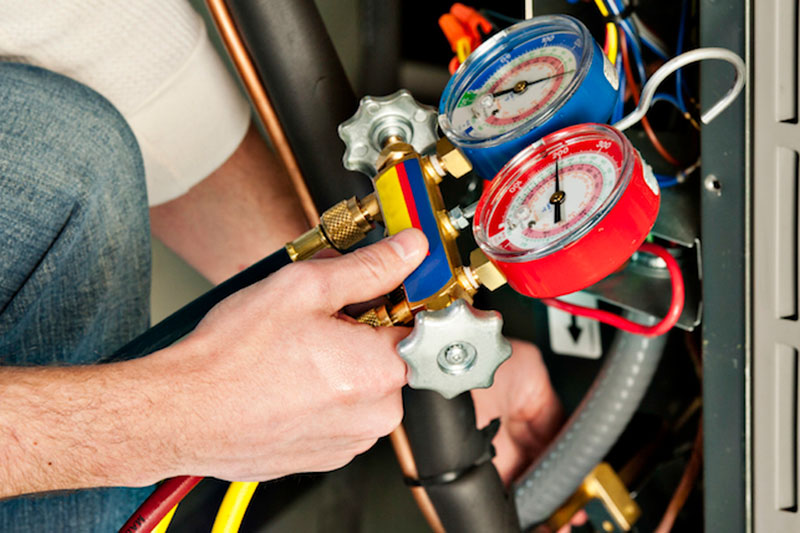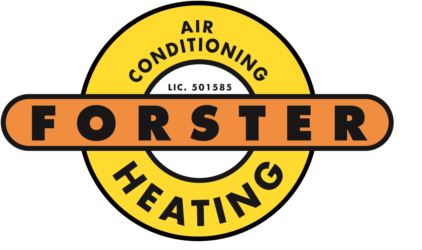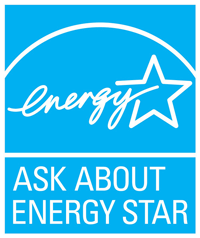
You might not think a lot about how your air conditioner works, but it requires refrigerant to keep your house cold. This refrigerant is subject to environmental rules, since it contains chemicals.
Subject to when your air conditioner was put in, it may need R-22, R-410A or R-32 refrigerant. We’ll review the differences and which air conditioner refrigerants are being phased out in Auburn, plus how these phaseouts have on influence on you.
What’s R-22 and Why Is It No Longer Being Made?
If your air conditioner was installed before 2010, it likely uses Freon®. You can learn if your air conditioner has it by reaching us at 530-885-8081. You can also examine the name plate on your air conditioner condenser, which is situated outside your home. This sticker will include details on what model of refrigerant your AC uses.
Freon, which is also referred to as R-22, includes chlorine. Scientists consider R-22 to be damaging to the earth’s ozone layer and one that results in global warming. The Environmental Protection Agency, which manages refrigerants in the United States, barred its creation and import in January 2020.
I Use an Air Conditioner with R-22. Do I Need to Get a New One?
It varies. If your air conditioning is operating as designed, you can continue to use it. With routine air conditioner maintenance, you can expect your air conditioning to operate around 15–20 years. However, the Department of Energy notes that removing a 10-year-old air conditioner could save you 20–40% on annual cooling bills!
If you don’t get a new air conditioner, it can cause a problem if you require air conditioning repair later on, specifically for refrigerant. Repairs might be more expensive, since only small quantities of recycled and reclaimed R-22 is available.
With the discontinuation of R-22, many new air conditioners now have Puron®. Also known as R-410A, this refrigerant was developed to keep the ozone layer strong. As it calls for a different pressure level, it doesn’t work with air conditioners that use R-22 for cooling.
However, Puron still has the potential to contribute to global warming. Because of that, it may also sometime be discontinued. Although it hasn’t been disclosed yet for residential air conditioners, it’s expected sometime this decade.
What Refrigerant Will Take the Place of R-410A?
In preparation of the discontinuation, some manufacturers have initiated using R-32 in new air conditioners. This refrigerant ranks low for global warming potential—around one-third less than R-410A. And it also reduces energy expenditure by approximately 10%, according to the Intergovernmental Panel on Climate Change’s Fourth Assessment Report. That’s savings that could be forwarded on to you through your energy expenses.
Forster Heating Can Provide Support with All Your Air Conditioning Needs
In summary, the changes to air conditioner refrigerant probably won’t impact you very much until you require repairs. But as we talked about earlier, refrigerant-related repairs can be pricier because of the restricted quantities that are accessible.
Aside from that, your air conditioner frequently malfunctions at the worst time, typically on the warmest day when we’re experiencing many other requests for AC repair.
If your air conditioner relies on a discontinued refrigerant or is aging, we advise installing a new, energy-efficient air conditioner. This ensures a trouble-free summer and can even lower your electrical costs, especially if you select an ENERGY STAR®-rated model. Plus, Forster Heating offers many financing options to make your new air conditioner fit your budget. Contact us at 530-885-8081 to get started now with a free estimate.



